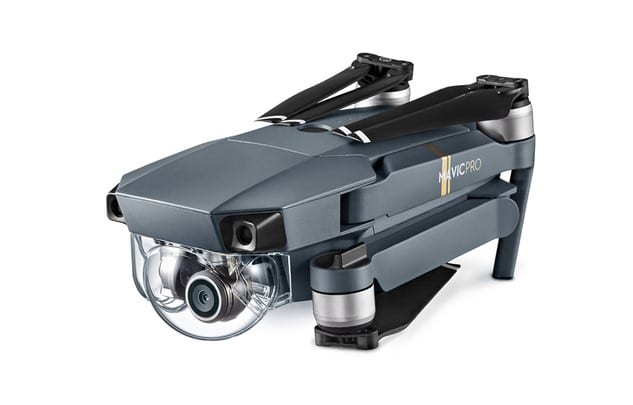DJI Mavic Pro Review 2017
DJI Mavic Pro, GoPro Karma and Yuneec Tyhoon H models, as well as ease of use and portability in the foreground. It is possible to fit the DJI Mavic Pro into a backpack when folded. Compared to DJI Phantom models, DJI Mavic Pro is almost half the size and weight of Phantoms. DJI Mavic Pro’s own control can also be folded.

DJI Mavic Pro can be controlled by a single-handed control, as well as via a smartphone plugged into the control. The foldable control with a control distance of about 7 kilometres can also transmit 1080p video to the built-in smartphone. The videos that are transferred to the smartphone can be shared live on Facebook Live, Periscope and YouTube as they are in the new generation Phantom models.
DJI Mavic Pro has a unique feature that is not in other DJI models. The drone can be controlled at short distances using a mobile phone without a controller if desired. It is also possible to have a DJI Mavic Pro without a remote control at a more affordable price. The DJI Mavic Pro has a highly developed armament with reduced size and foldable structure. Many features that make Phantom series unique are also featured in DJI Mavic Pro. Sensors that prevent objects from crashing in front of and under the DJI Mavic Pro; Automatic in-and-out, follow-up objects, and interiors that allow a balanced flight without GPS connectivity. At 65 km / h, the DJI Mavic Pro can stay in the air for 27 minutes on a single charge.
DJI Mavic Pro comes with a camera sensor with 4K video recording capability, which is used on Phantom 4. The built-in camera can shoot at 30 frames per second in 4K resolution and 96 frames per second in 1080p resolution. The 12-megapixel camera also has Adobe DNG RAW support. Unlike Phantom 4, the viewing angle has been reduced from 94 degrees to 78 degrees. The camera with auto focus function can focus almost half a meter. It also allows vertical selfie or video shooting in portrait mode with the ability to rotate 90 degrees.
